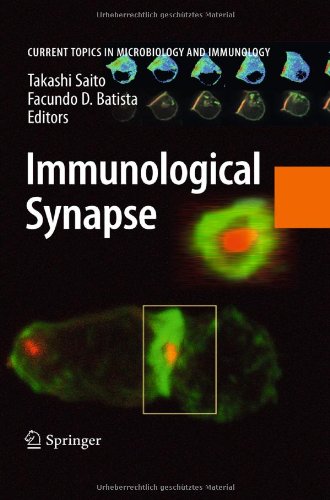

Most ebook files are in PDF format, so you can easily read them using various software such as Foxit Reader or directly on the Google Chrome browser.
Some ebook files are released by publishers in other formats such as .awz, .mobi, .epub, .fb2, etc. You may need to install specific software to read these formats on mobile/PC, such as Calibre.
Please read the tutorial at this link: https://ebookbell.com/faq
We offer FREE conversion to the popular formats you request; however, this may take some time. Therefore, right after payment, please email us, and we will try to provide the service as quickly as possible.
For some exceptional file formats or broken links (if any), please refrain from opening any disputes. Instead, email us first, and we will try to assist within a maximum of 6 hours.
EbookBell Team

4.1
60 reviews
ISBN 10: 364226185X
ISBN 13: 9783642261855
Author: Takashi Saito, Facundo D Batista
Part I: Foundations and Historical Perspective
Part II: Formation and Structure of the Immunological Synapse
Part III: Signaling and Functional Outcomes
Part IV: Diverse Immunological Synapses and Their Contexts
Part V: Clinical Implications and Future Directions
immunological synapse
immunological synapse is essential for the activation of
synapse of nerve cell
the immunological synapse refers to the
synapse of nerve
Tags: Takashi Saito, Facundo D Batista, Immunological, Synapse